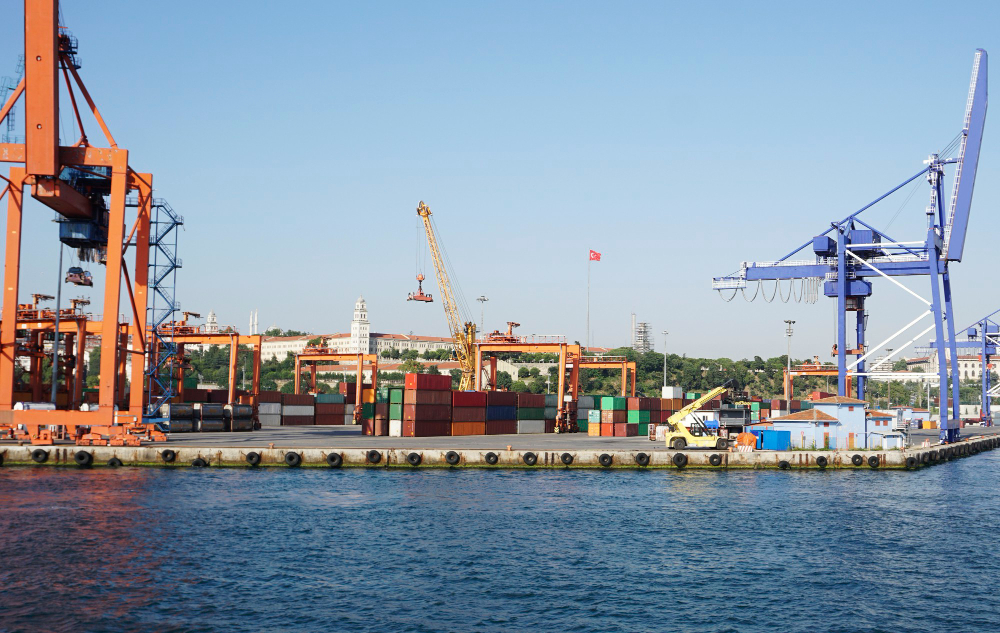Algeciras, located in the southern region of Spain, is one of the busiest ports in the Mediterranean and a vital hub for sea freight operations. Its strategic location, just a stone’s throw from Gibraltar and the entrance to the Mediterranean makes it a crucial point for international trade. In this blog, we will explore the key aspects of sea freight in Algeciras, including its advantages, processes, and best practices for businesses looking to optimize their shipping operations.
The Importance of Algeciras Port
The Port of Algeciras is one of the largest ports in Spain and serves as a key gateway for trade between Europe, Africa, and the Americas. Its modern facilities and extensive connectivity make it ideal for handling a wide variety of cargo, including containers, bulk goods, and vehicles.
- Strategic Location: Algeciras is well-positioned for both import and export activities, providing access to major shipping routes.
- Extensive Infrastructure: The port features advanced loading and unloading facilities, customs processing areas, and storage solutions, making it efficient for sea freight operations.
Types of Sea Freight Services
When shipping goods via the Port of Algeciras, businesses can choose from several sea freight services:
- Full Container Load (FCL): Ideal for larger shipments, FCL allows you to book an entire container, providing exclusive use of the space. This option is typically more cost-effective for bulk shipments.
- Less Than Container Load (LCL): For smaller shipments, LCL combines multiple consignments from different customers into one container. This option can save costs but may result in longer transit times.
- Breakbulk Shipping: This service is used for cargo that cannot be containerized, such as heavy machinery or oversized goods. Specialized handling and equipment are required for breakbulk shipments.
- Roll-on/Roll-off (RoRo): This service is specifically for vehicles, allowing them to be driven directly onto the ship. It’s a popular choice for shipping cars, trucks, and heavy equipment.
Shipping Process Overview
Understanding the shipping process is crucial for a smooth sea freight operation. Here’s a general overview of the steps involved:
- Booking: Choose a reputable freight forwarder to assist with the booking process. They will help you select the right service, complete necessary documentation, and schedule pick-up and delivery.
- Documentation: Prepare all required documents, including the bill of lading, commercial invoice, and packing list. Ensuring accuracy in these documents is vital to avoid customs delays.
- Customs Clearance: Goods must be cleared by customs before shipping. Your freight forwarder can help navigate customs regulations and ensure compliance.
- Loading and Transport: Once cleared, goods are loaded onto the vessel. Monitoring the loading process can help prevent damage and ensure proper stowage.
- Transit: During transit, it’s important to track the shipment and stay informed about estimated arrival times. Many freight forwarders offer tracking services.
- Unloading and Delivery: Upon arrival at the destination port, the goods are unloaded, and customs clearance is completed. From there, they can be transported to the final destination.
Benefits of Using Sea Freight
- Cost-Effectiveness: Sea freight is generally more economical for large shipments compared to air freight, especially for bulky goods.
- Capacity: Ships can carry a vast amount of cargo, making sea freight suitable for businesses with large-scale shipping needs.
- Environmental Impact: Shipping by sea typically has a lower carbon footprint compared to air freight, making it a more sustainable option.
Challenges and Solutions
While sea freight offers many advantages, businesses should also be aware of potential challenges:
- Transit Times: Sea freight generally has longer transit times compared to air freight. Planning ahead and allowing for potential delays is essential.
- Weather Conditions: Adverse weather can impact shipping schedules. Staying informed about weather forecasts and having contingency plans can mitigate risks.
- Customs Regulations: Navigating customs regulations can be complex. Working with an experienced freight forwarder can help ensure compliance and streamline the process.
Best Practices for Optimizing Sea Freight
- Choose the Right Freight Forwarder: Selecting a knowledgeable and reliable freight forwarder can greatly enhance your shipping experience.
- Proper Packaging: Ensure that goods are adequately packaged to prevent damage during transit. Use high-quality materials and label packages clearly.
- Stay Informed: Regularly communicate with your freight forwarder and stay updated on shipping schedules, customs requirements, and any potential issues.
- Plan for Peak Seasons: Be mindful of peak shipping seasons and plan accordingly to avoid delays and higher costs.
Conclusion
Sea freight in Algeciras offers businesses a strategic advantage for international shipping. With its robust infrastructure, diverse service options, and strong connectivity, the Port of Algeciras is well-equipped to handle a wide range of cargo needs. By understanding the shipping process, addressing potential challenges, and implementing best practices, companies can optimize their sea freight operations and ensure timely delivery of goods. Whether you’re a small business or a large corporation, leveraging the opportunities in Algeciras can enhance your logistics strategy and support your growth in the global market.
